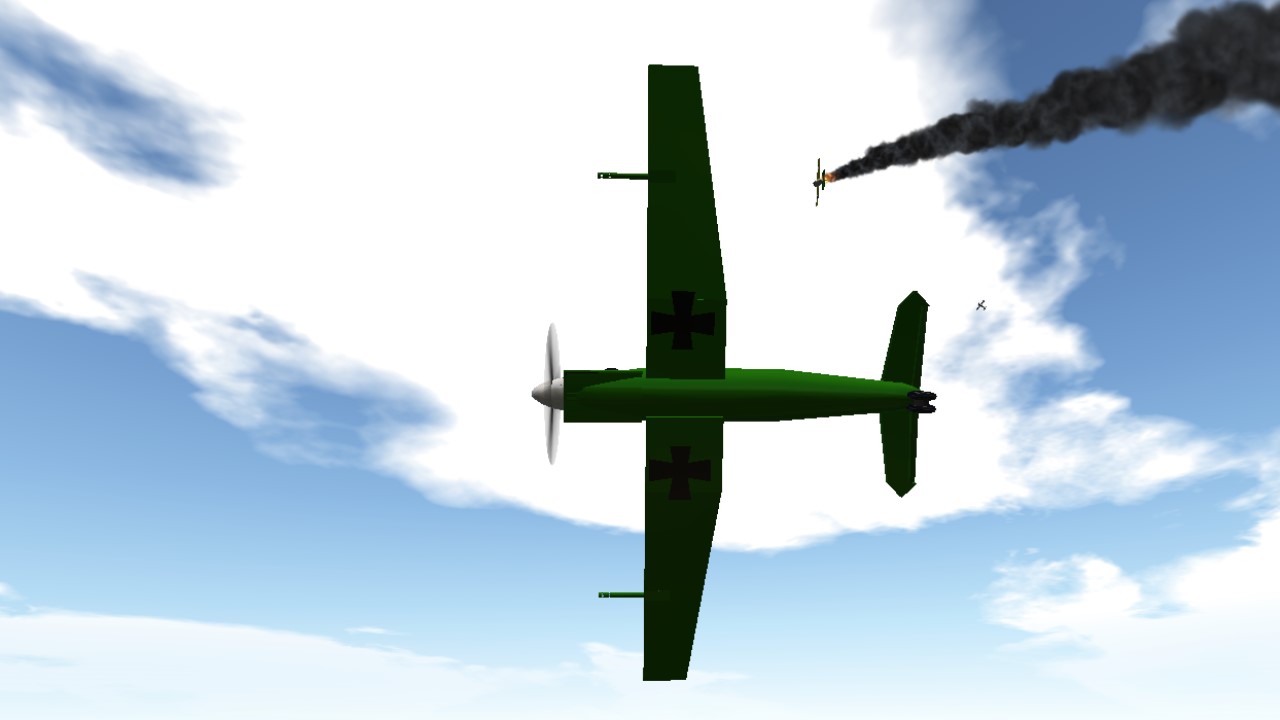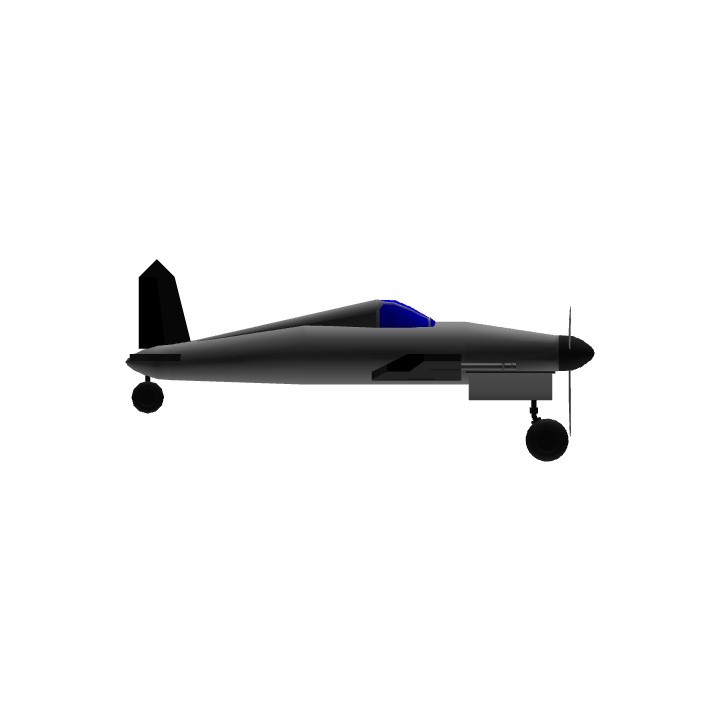The Heinkel He 100 was a German pre-World War II fighter aircraft design from Heinkel. Although it proved to be one of the fastest fighter aircraft in the world at the time of its development, the design was not ordered into series production. Approximately 19 prototypes and pre-production examples were built. None are known to have survived the war.
The reason for the He 100 failing to reach production status is mostly unknown. Officially, the Luftwaffe rejected the He 100 to concentrate single-seat fighter development on the Messerschmitt Bf 109. Following the adoption of the Bf 109 and Messerschmitt Bf 110 as the Luftwaffe's standard fighter types, the Ministry of Aviation (the Reichsluftfahrtministerium or RLM) announced a "rationalization" policy that placed fighter development at Messerschmitt and bomber development at Heinkel.
Because there are no surviving examples, and since many factory documents - including all blueprints for the He 100 - were destroyed during a bombing raid, there is limited specific information about the design and its unique systems.
Specifications
General Characteristics
- Predecessor HE-100
- Created On Windows
- Wingspan 33.0ft (10.0m)
- Length 21.5ft (6.5m)
- Height 9.0ft (2.7m)
- Empty Weight 1,748lbs (793kg)
- Loaded Weight 3,168lbs (1,436kg)
Performance
- Horse Power/Weight Ratio 0.473
- Wing Loading 22.9lbs/ft2 (112.0kg/m2)
- Wing Area 138.1ft2 (12.8m2)
- Drag Points 881
Parts
- Number of Parts 38
- Control Surfaces 5
- Performance Cost 242






